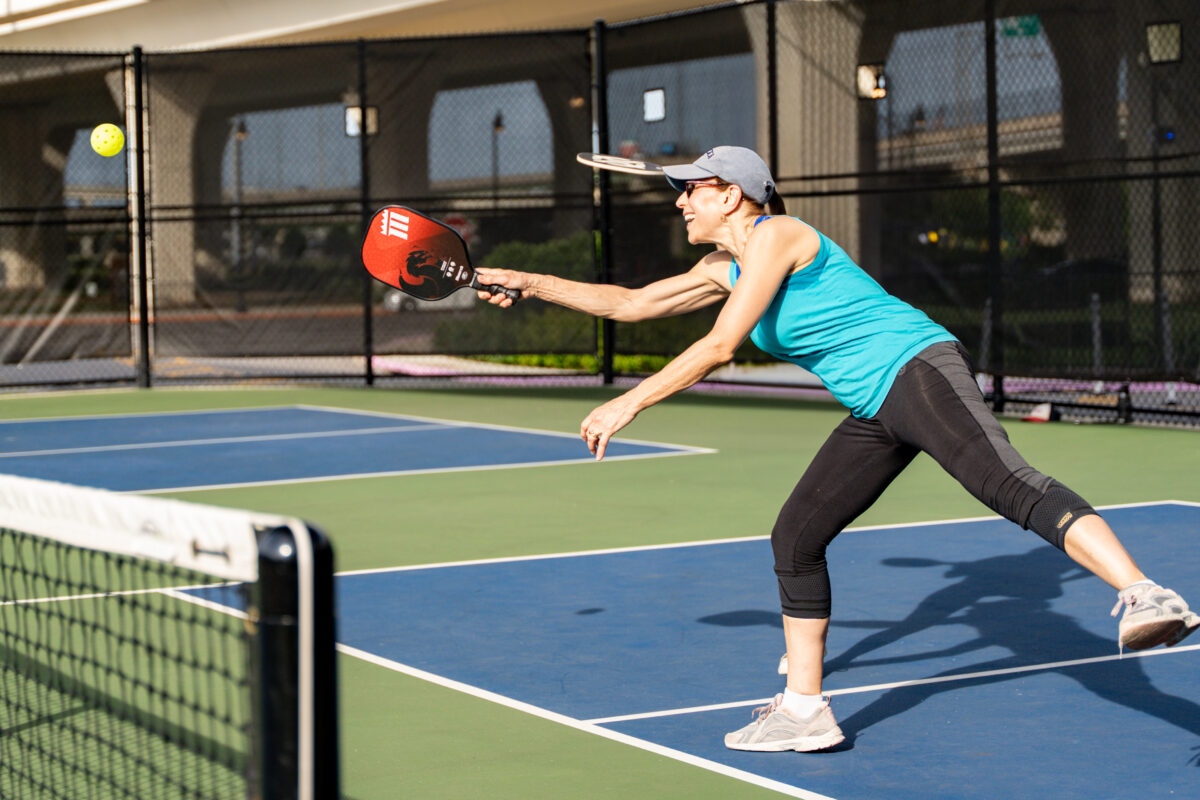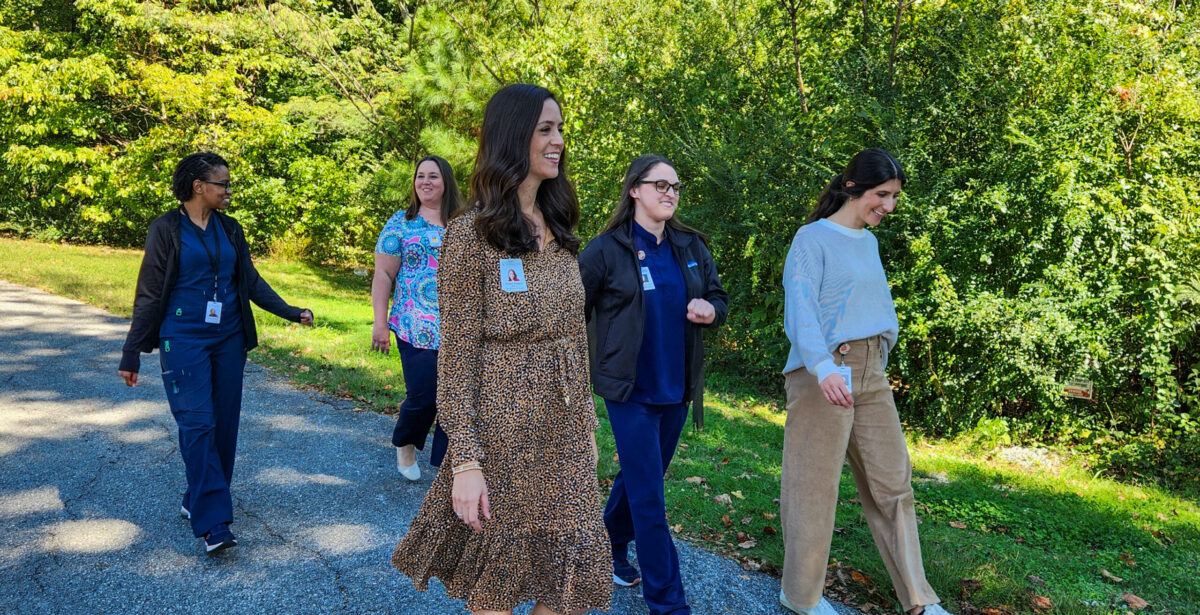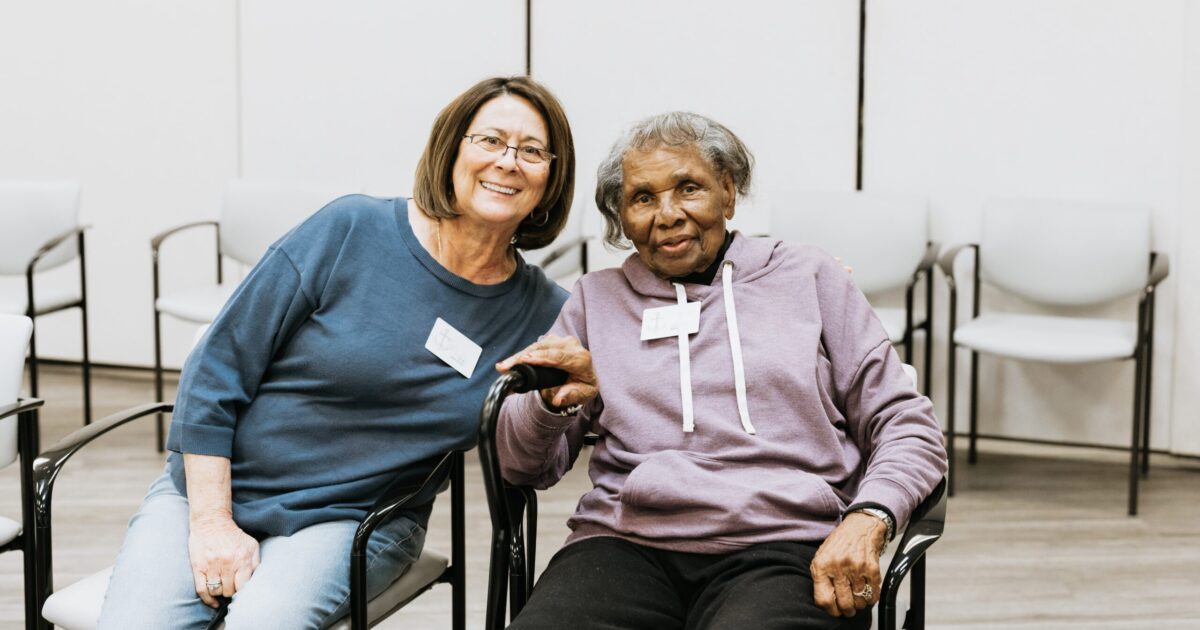Reviewed by: Callie Puryear
3 surprising things you need to know about robotic surgery at Shelby Baptist
Reading time: 5 minutes
Sponsored

Chances are, someone you know has had robotic surgery, and you might not be quite sure what that means. To learn more, we spoke with Dr. Elizabeth Newman at Shelby Baptist, two of her former patients—Officer Matthew Moore and Firefighter Michael Jones—and Paula Poole, Director of Surgical Services. Keep reading for the top three most surprising things you need to know.
Find out how robotic surgery got two local first responders back to work again

Firefighter + paramedic Michael Jones
Michael Jones has been a firefighter and paramedic for almost 14 years. He’s struggled with acid reflux his whole life, which led to precancerous cells in his esophagus. Fortunately, Dr. Newman was able to fix the problem, leading to a drastic improvement in his quality of life.
He explained that robotic surgery is “just a surgeon guiding tools,” and said that although the first couple of weeks after surgery were rough, as is to be expected with any surgery, his recovery time was much shorter than it would have been had he had larger incisions.
Because the surgeon can make tiny incisions with robotic surgery, healing and recovery for patients is much easier. This includes getting off pain meds, getting back to work and other activities of daily living.
Police officer Matthew Moore
Matthew Moore is a police officer with the City of Calera who’s had both conventional and robotic surgery with Dr. Newman.
In January 2021, his colon ruptured, which required emergency surgery and a colostomy that allowed the rupture to heal. Later, his colostomy was reversed robotically.
“The difference in the recovery between those two surgeries was pretty extensive. For the first one, I was in the hospital for seven days afterward, then sitting in my recliner for four or five days not doing anything.
For the second surgery, I was in the hospital for three days and then was moving around at home later that week.”
Interested in learning more about robotic surgery? Find out more from the experts at Shelby Baptist today.
1. A living, breathing surgeon controls the robot + the operation.

From the time she was four years old, Dr. Elizabeth Newman knew she wanted to be the one in charge in the operating room. Seeing her uncle, a surgeon, cut a wart off her grandmother’s foot when she was nine sealed the deal—where many of us would have been grossed out, she was enthralled.
Now she’s the surgeon she dreamed of being when she was little, and she’s the proud mama of a 19-month old who loves swimming.
Medical school at UAB, followed by a general surgery residency at University of South Alabama with a focus on robotics prepared her for what she does now.
When it came time to choose a focus, Dr. Newman knew she wanted to help people by being a general surgeon in a small town. Falling in love with an Alabama boy (who’s now her husband, btw) is what led her to Shelby Baptist in Alabaster. She’s grateful for all the things he does that make it possible for her to be a surgeon.
2. You can have a large surgery with tiny incisions.

Dr. Newman explained how robotic-assisted surgery makes it possible to do a large portion of surgery with minimal disturbance of the patient’s body:
“It’s basically small instruments that I’m able to control and move and manipulate with a large 3D Vision screen so I can see exactly what I’m doing.
Instead of putting my big hands in the abdomen, I’m able to use tiny little incisions, approximately eight millimeters, in order to do these big surgeries.”
3. Robotic surgery usually means an easier + quicker recovery.

Paula Poole has had both robotic and laparoscopic surgery, and said the recovery from the robotic procedure was much easier:
“It’s amazing the difference in soreness. During a laparoscopic procedure, the surgeon’s hand actually has to move the instrument around inside the body. For a robotic procedure, the robot’s arm holds the instrument still and only the tip has to move around inside the body, so there’s less movement on the muscle and skin of the patient. That’s why you have so much less discomfort.”
Dr. Newman outlined some of the additional differences in recovery:
- Many hernia patients will go home the same day, after having outpatient surgery.
- Gastric bypass and gastric sleeve patients have less pain and are able to get up and walk around, getting back to their lifestyle much sooner.
- Fewer narcotics mean driving sooner.
“All of the robotic surgeries that we do, we have patients come back and tell us how they don’t have as much pain afterwards. They’re able to get back to their activities of daily living much sooner than otherwise.”
Dr. Elizabeth Newman, Surgeon, Shelby Baptist
Learn more about robotic surgery at Shelby Baptist today.
Sponsored by:



 11000 views
11000 views
